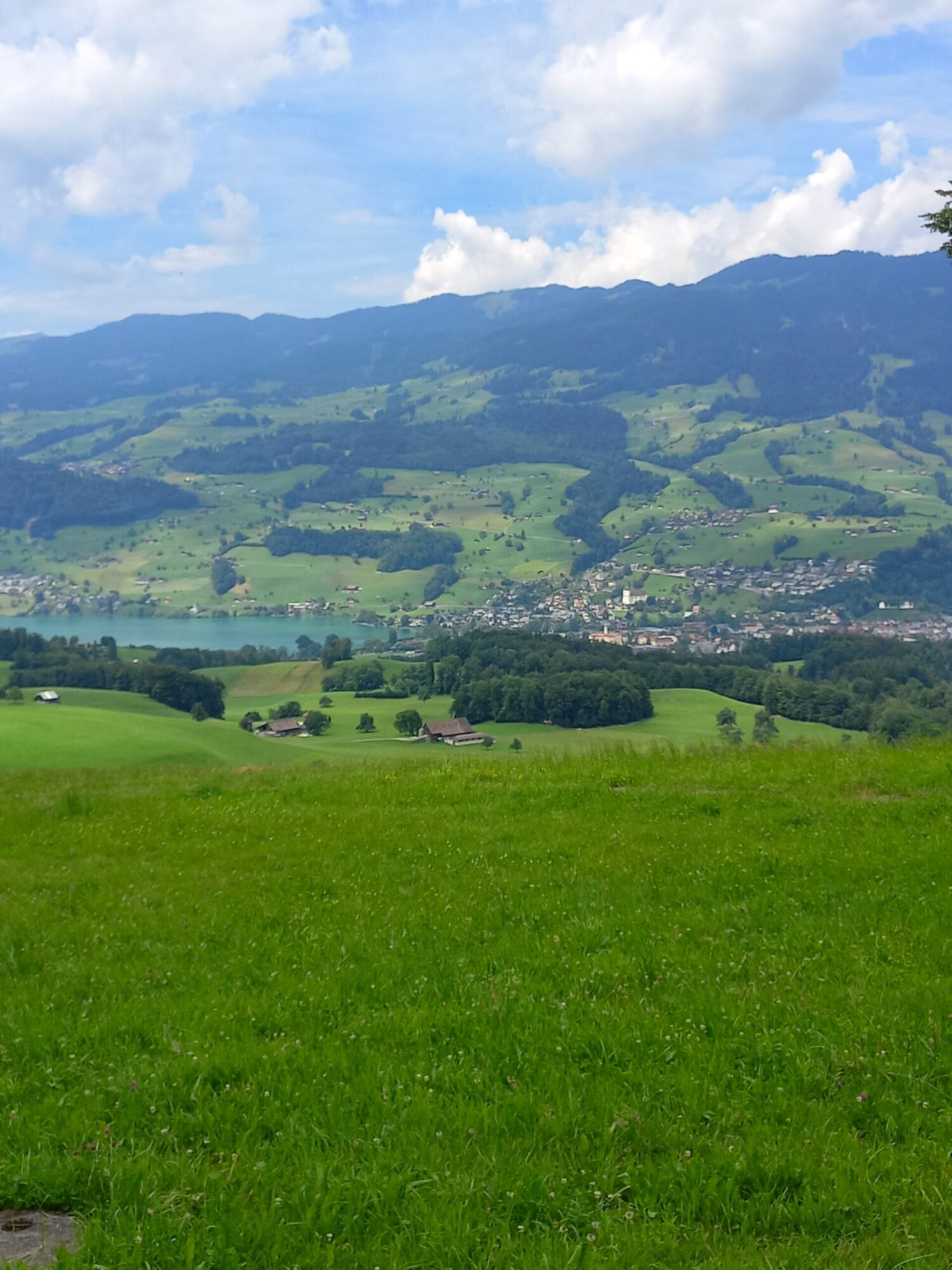With the onset of the heating season, more and more European countries face a real danger of spending the winter in the dark and cold. Switzerland is also on the verge of an energy crisis, which is preparing for a serious shortage this year.
The country has innovative plants, but it may not be enough to meet the needs of the Swiss. The authorities in the country are trying to keep cool, but preemptively call people to make savings.
“Switzerland should aim to reduce its gas consumption by 15% during the winter period – like the EU countries. Why do we do that? Because we are totally dependent on gas supplies from abroad,” said Simonetta Somaruga, minister of Switzerland’s energy sector.
The war in Ukraine and tensions between the West and Russia have exposed breakthroughs in Swiss energy. 60% of the electricity in the country is produced by hydroelectric plants. However, they do not have the capacity to cover the needs during the winter season.
“We import 30% of our energy resources – mostly from Germany and France. But this year it will be more complicated because Germany will not be able to export and France has closed half of its nuclear power plants,” said Stéphane Genou, an energy expert.
Switzerland cannot make up the shortfall with its own nuclear power plants. There are only 4 of them in the country, and they are among the oldest in Europe. In recent years, a new type of hydroelectric power plant has been imposed here.
France wants to restart all its temporarily shut down nuclear plants by winter
At the foot of Mont Blanc between two lakes and at a depth of 600 meters is the headquarters of Nantes de Drance.
Its construction among the rocks took 14 years, and this month it is time for it to be operational. Access to it is through specially built 17-kilometer tunnels in the mountain. Here, through a complex system, water is pumped from two water sources, which overflows now into one, then into the other pool.
“We use the times when there is a lower demand for electricity to pump the water to the upper dam. And in the hours when more electricity is needed – morning and evening – we release the water back to the lower dam through the turbines,” explained Robert Gleitz , a manager in an energy company.
The plant thus arranged can use water from the same water source again and again and produce electricity whenever it is needed.
Thanks to huge pipes with a diameter of 7 meters, in just 20 hours water can be pumped from the upper dam and 900 megawatts of electricity can be produced.
“There are two huge advantages – the first is that it is a kind of huge battery that can store energy, and the second – very quickly and easily we can supply the necessary amounts of electricity to the Swiss grid,” said Robert Gleitz.
This type of plants are innovative, but insufficient and late, experts believe.
“We have probably relied too much on this type of energy. We have concentrated on the production of electricity from the dams and have allowed ourselves to fall behind significantly in other areas such as the use of solar panels for example,” said Nicola Wurtrich, an energy expert.
Only 5% of electricity in Switzerland is produced by photovoltaics. There are also only 40 wind turbines. In order for Switzerland to become energy independent, the government has set a goal of at least 750 turbines by 2050, and solar panels on 1/3 of all roofs in the country.












